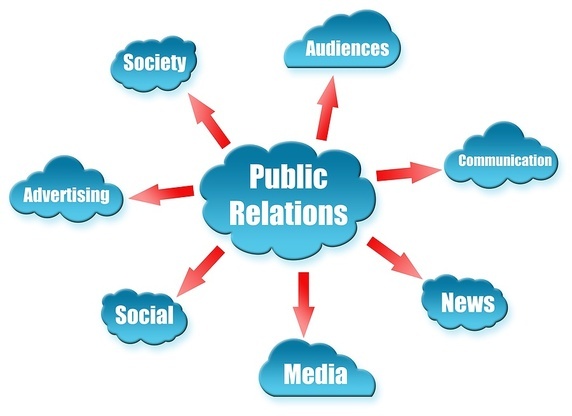There’s no denying that PR and advertising most often work hand in hand. Many enterprises are of the opinion that advertising and public relations enact the same role for their brands. Despite complementing each other, both the domains aim to serve different goals and overall impact. While the world of advertising focusses solely upon the promotion of product or services to propel target audience to purchase, the PR firms are specialized to engage in communication with the public and media.
PR and advertising play different roles for a business in order to reach the target market and attain business objectives. Advertising is all about paid announcements using different media variants comprising online, print, TV, out-of-home and even radio. Usually, prominent PR agencies in India emphasise upon strategic communication processes that develop mutually beneficial relationships between companies and their TAs.
Public Relations takes this further and develops closer connect with the audience. It gives brands an avenue to focus on their key messaging, the differentials and the USPs. It’s all about amplifying a brand’s capabilities in order to win and build consumers’ trust.
Here are the key differences between advertising and Public Relations which must be kept in mind:
- Free vs Paid
Advertising is about paying to get placed or noticed by media. On the other hand, leading PR agencies develop strategies that help to garner media attention. PR firms also create series of tactics to bag positive media attention for brands, which has proven to be efficient at creating and sustaining awareness.
- Controlling the message reach
In the world of advertising, the business needs to know how to control the content message comprising where and when it will be viewed in the media.
In PR, there is no control over media coverage. After a story idea has been shared with a journalist, it is no more controlled by a business. Now, it is the journalist who decides to change the story idea or not even publish it at all. It has been observed that the leading PR agencies in India provide media training to businesses/brands to maximise the media opportunities.
- Coverage duration
In advertising, a business decides for an advertisement to be displayed in the media as per the budget, a PR agency sends a story idea to different journalists who publish the story in varied ways. It allows your target audience to view the information differently in different mediums, which may prove to be more efficient at message reinforcement.
- Credibility and trust
It is known to all that advertisements offer less credibility compared to the coverage bagged by PR. When the target audience views an advertisement, they know it has been purchased by an enterprise eyeing to sell something.
A leading PR agency offers information and newsworthy stories to a media professional so that they can develop an article about a specific product or business when they opt for it. An article created by a journalist is presented in an unbiased manner and comprises the journalist’s third-party endorsements. This ensures that the target audiences view and treat it as far more credible as compared to an advertisement. In simple words, PR is able to shape the opinion of the target audience.
Conclusion
As an enterprise, it is key to understand the basic differences between advertising and PR to judge which approach is best suited for your brand. The chosen approach will be able to decide on the type of message you are eyeing to communicate. The most effective communication method is when advertising and PR are both leveraged together as part of a strategic integrated communication campaign.
For more details about: WHY YOUR BUSINESS NEEDS THE COMBINATION OF MARKETING & PR EFFORTS












